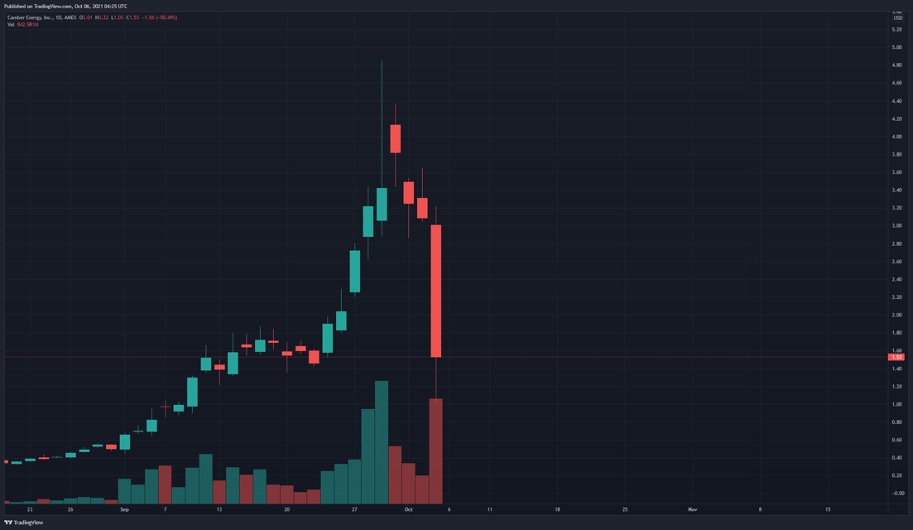
The type of bond that is called death spiral debt, however, converts into a fixed value paid in shares.Īs a stock's price increases substantially, investors in conventional convertible shares are likely to seize the opportunity to convert their bonds into fast-growing stocks. In other words, work on building a great company, instead of using fanciful financial engineering to attempt to make a quick buck.As noted, a conventional convertible bond can be converted to a fixed number of shares. In all, it’s best not to even contemplate playing in the mud, otherwise you’re liable to get very dirty. Even desperate company managers who knowingly allow such shorts to happen run the risk of later unwanted action by regulators. Even then, one must be cautious and perform relevant due diligence on the terms of an convertible debenture. Legitimate, institutional investors don’t typically come calling until the share price reaches at least the $4 level. Manipulators of this type rarely get away with such a scheme without collusive, stupid or desperate company owners. In a famous case in 2003, Thomas Newkirk, then the Associate Director of the SEC’s Division of Enforcement, stated the following in relation to toxicity of “death spiral” finance:Ĭertain convertible securities, particularly those referred to as ‘toxic’ or ‘death spiral’ convertibles, present the temptation for persons holding the convertible securities to engage in manipulative short selling of the issuer's stock in order to receive more shares at the time of conversion. The “investors” can more easily significantly drive the price downward by selling short. This is especially egregious and easy to do with microcap stocks where the stock is thinly-traded with little to no public float. Here’s the real catch: the investors now short the stock, covering their short positions with their convertible debenture at any time, regardless of the price of the stock. Even if the price of the stock dips, the investors still make their money back. If Fred were only entitled to a fixed number of shares, he would have NO incentive or desire to see the stock price decline. In our previous example, Fred and his group has a moving target on the number of total shares, incentivizing the “investors” into manipulating the stock downward. That means that at $2/share, Fred would demand 500,000 shares and at $1/share he would demand 1,000,000 shares.ĭo you see the catch? Do you see the incentive that’s included with Fred’s investment stipulation? And, it stands to reason that the lower the price goes the more common shares “investor” Fred needs to recoup his initial $1,000,000 investment. That means that whether the stock is trading at $1.50 a share or $0.50 a share Fred can sell $1,000,000 worth of common stock when his debt note converts into common shares.

At any time, Fred can convert to stock at any moving price below the prevailing market to recoup his “investment” in your company. He offers you $1,000,000 debenture (loan). He likely thinks your share price is too high for what your business does and sees a chance to manipulate. Let’s say Fred (our fictitious, yet unscrupulous shark investor) notices your getting some traction on your stock in the market. Let me paint a picture with a potential example. That way, when the “investor” (which I use very loosely) sells the shares s/he will always profit, even on the downside. In typical fashion, such an offer will come without a predetermined number of shares but instead with a share conversion rate that is a moving target which is always less then the prevailing market rate.

The unfortunate aspect that is not revealed in this process is that the money doesn’t come without a catch: the lender can convert his/her debenture at any time into shares of common stock. These folks start lining up at the door when the stock begins to hit above $1 a share. In exchange the lender takes a convertible debenture with typically a reasonable interest rate. In death spiral finance a financier or lender typically agrees to loan a publicly-traded company some amount of cash. It’s what the finance world has rightly deemed Death Spiral Finance. There remains a temptation from those seeking capital to get it at just about any cost to the company, even if it means handing the keys over to the undertaker and screwing shareholders–including the founders. Since good, solid analyst coverage on smaller stocks is scant at best, you’ll likely not make the cover of Forbes–at least immediately–but you will still get some cursory interest from some investors who like to dabble across the market, including in stocks that may trade a bit more thinly than say Microsoft or GE.

More people will know about you, what you do and who you are. First, you’ll likely begin to receive more exposure. Once your offering becomes effective and your share price begins to climb, a number of things can and will happen.


 0 kommentar(er)
0 kommentar(er)
